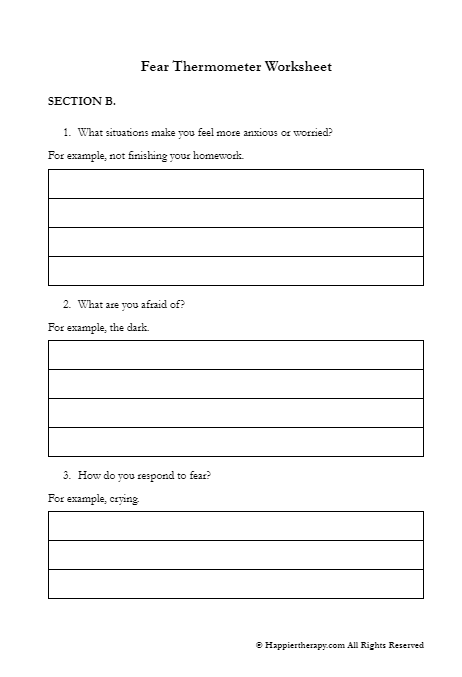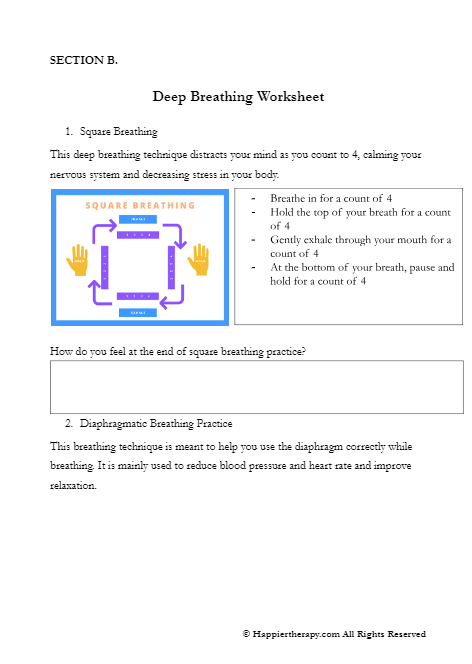Identify anxiety worksheet
Download Worksheet
What is the theory behind this Identify anxiety worksheet?
Anxiety is an emotion that is associated with multiple adverse psychological, physical and behavioural symptoms. An individual with worries excessively about an impending danger or catastrophe and takes necessary actions in preparation of experiencing this supposed event in the future. While a normal level of anxiety is necessary for our survival, excessive anxiety can be debilitating to one’s overall health and the ability to perform daily activities.
Some key physical characteristics of anxiety include tense muscles and a rapid increase in breathing and heart rate. It can range from mild controllable symptoms to extremely debilitating and life changing for some. Identifying the signs of anxiety is an important step towards determining its real cause and addressing it before it impedes one’s cognitive functioning.
How will the worksheet help?
This worksheet will provide some common signs and symptoms that are associated with anxiety and anxiety related disorders. It can help both as a self-check measure and to keep a check on other people around you that may require your help.
How to use the worksheet?
This worksheet provides a checklist of common signs and symptoms of anxiety related disorders that can be used in mental health awareness campaigns in schools, colleges and workplaces. It can also be provided to clients and caretakers/family members of clients that are at risk of developing an anxiety disorder.

 By
By


